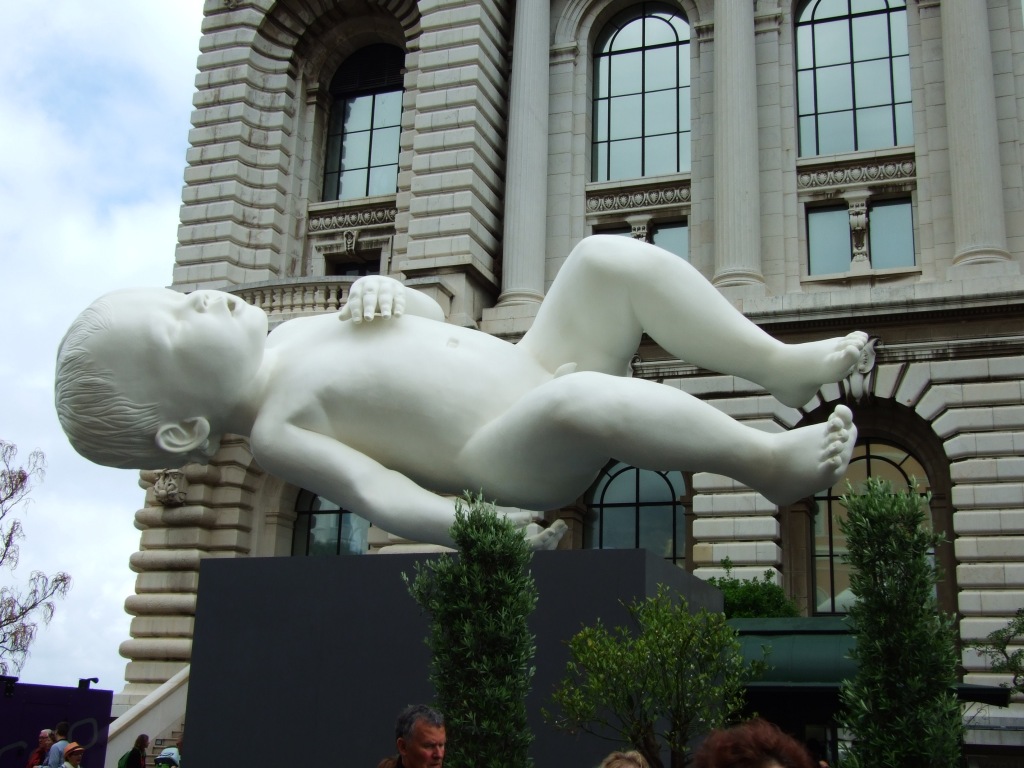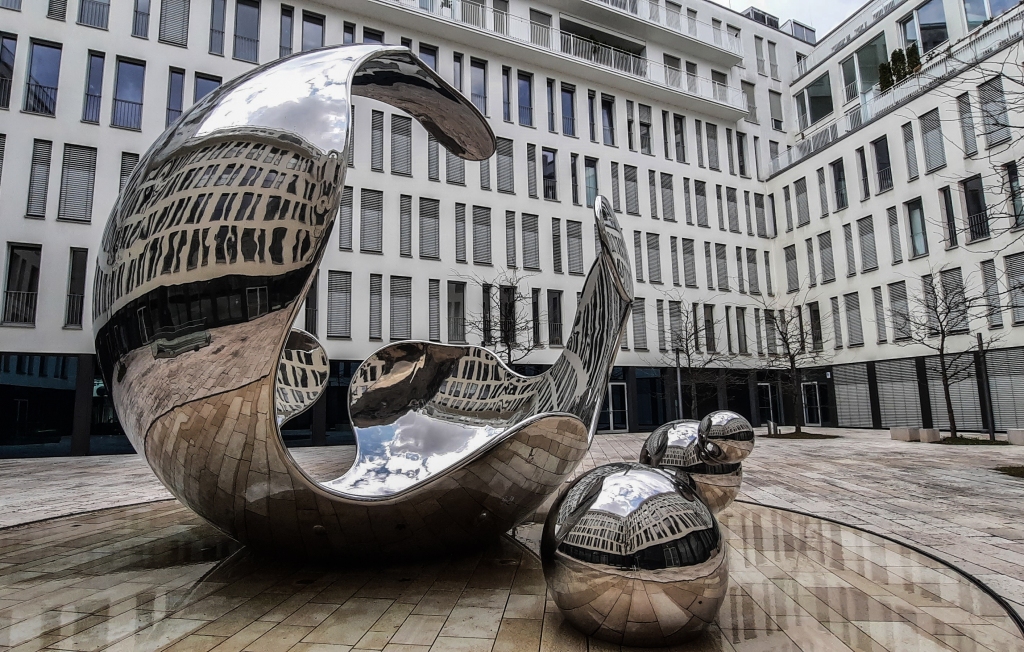
Jerzy Kędziora a.k.a. JotKa (born 1947 in Częstochowa) is also a medallist and a designer of green and urban areas. He studied at the Academy of Fine Arts in Gdańsk, where from the very beginning he stood in opposition to the artistic canons promoted by the university. His passion for the experiment of kinetic sculptures distinguishes him from other artists of postmodern art, thus placing him among the leading representatives of that period. Jerzy Kędziora is a participant in national and international symposia and festivals, and is currently a teacher at the Jacek Malczewski Art School Complex in Częstochowa.
Kędziora has created a series of sculptures, which have brought him great popularity not only in Poland, but also abroad. The sculptures travelled all over the world and were exhibited at prestigious exhibitions in Miami, Abu Dhabi, Dubai, London, Berlin and Madrid, among others. The artist showed a new direction in sculpture, in which a clever use of the laws of physics and experimentation made the impossible possible, and seemingly heavy and stable forms ephemeral.
For his sculptures, the artist usually uses coloured cold metal: bronze, aluminium. The construction itself is made of glass or carbon fibre. Sometimes, it seems that the figures weigh several tonnes and, suspended on ropes, balance against physics. They are difficult to define unambiguously. Seemingly heavy and stable forms have become, evoking admiration and often also the question: How is this possible? Sculptures suspended freely on ropes, bringing to mind circus art, have already been shown in various parts of the world. The largest scale and fame was achieved by an exhibition presented at the turn of 2008 and 2009 at the International Financial Centre in Dubai (United Arab Emirates).
The artist’s works are recognised by eminent experts and art critics. They are held in the collections of museums and galleries in the country and in Italy, France, Germany, Belgium, the USA, the Vatican, Austria, Bulgaria, and numerous private collectors. For his work he has been honoured with awards of, among others: The Governor of Częstochowa, the President of the City of Częstochowa, the K. Miarki Interregional Award, the Silver Cross of Merit, the Gold Badge of the Sculptors’ Association, the Badge of a Distinguished Cultural Activist, and creative scholarships from the Ministry of Culture and Art. For many years he has worked in the boards of several unions and creative associations. He is an expert of the Ministry of Culture and Art for the evaluation of contemporary art in the field of sculpture. He is a multiple scholarship holder of the Ministry of Culture and Art and currently a member of the World Symposium of Kinetic Sculpture and the Association of Polish Sculptors. For his artistic activities, Jerzy Kędziora received the Honorary Citizenship of Miami in 2015.
(Quelle: http://turystykakulturowa.eu/)











